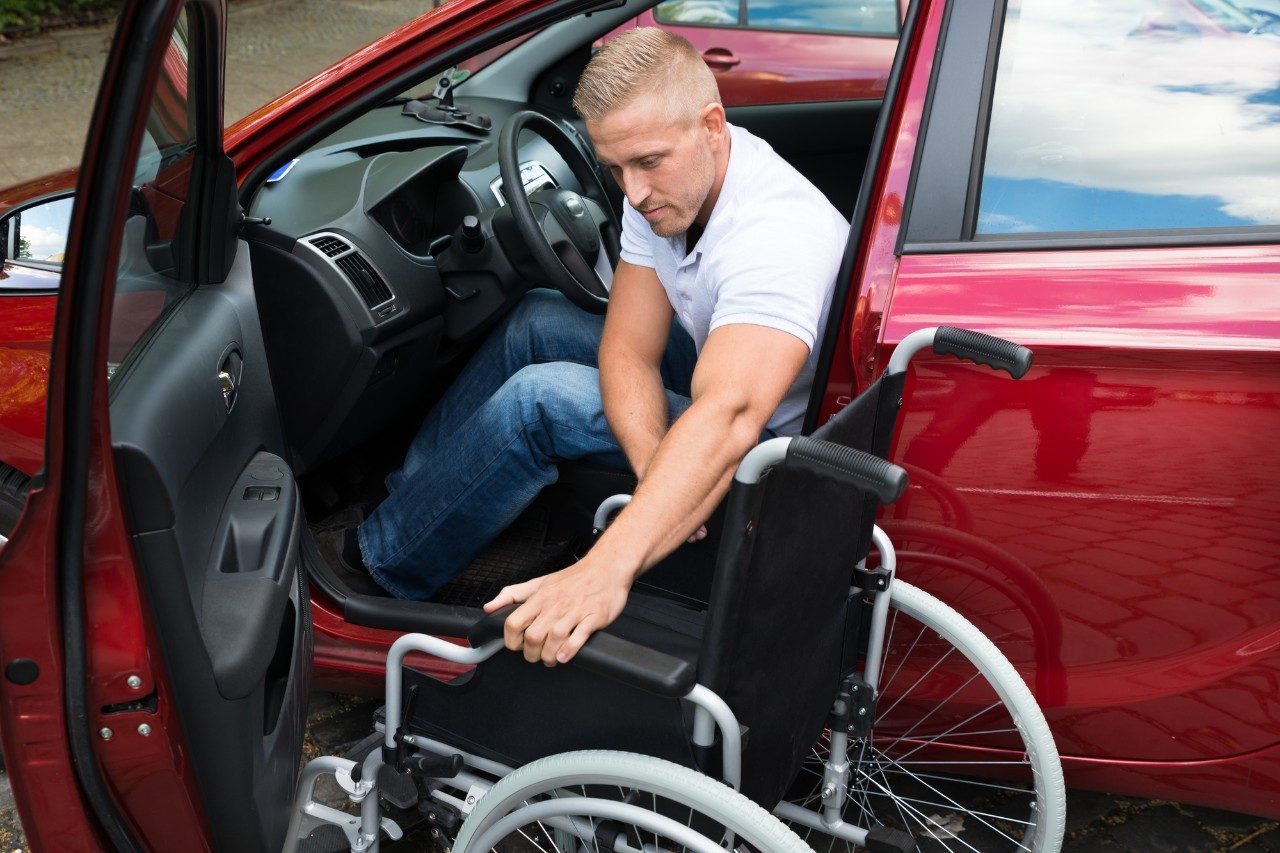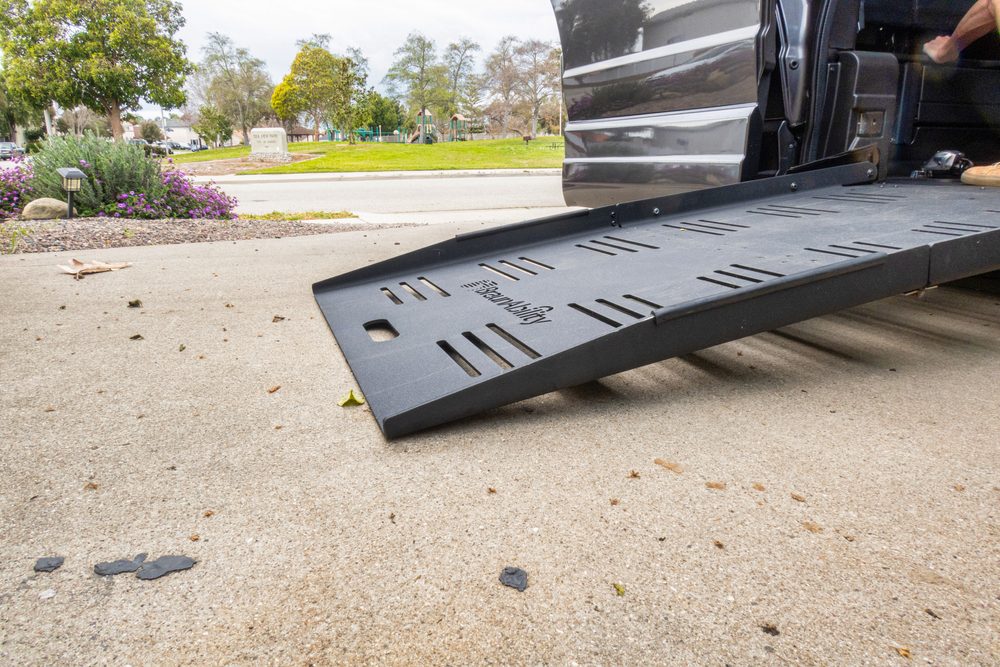
Trade or Convert Your Car to a Wheelchair Vehicle
Handicap accessible vehicles serve a vital purpose in allowing people with physical disabilities to maintain mobility and independence, but a new accessible vehicle may not be in your budget. So, what can you do to curb costs? Consider trading in or converting an existing vehicle to get a wheelchair accessible vehicle that fits your needs and your budget.
Should I Convert or Trade In My Car for a Wheelchair Vehicle?
If you’re in the market for a wheelchair accessible vehicle, your local mobility dealer is here to help. While wheelchair accessible vehicles can be expensive, you can cut down on costs by trading in or converting an existing vehicle to get a wheelchair accessible vehicle.
The Benefits of Converting Your Car to a Wheelchair Accessible Vehicle
If you have an existing vehicle that you want to convert to a wheelchair accessible vehicle, contact your local mobility dealer to see if your vehicle can be converted. There are multiple benefits to converting a vehicle you already own:
Cost: Converting an existing vehicle to a wheelchair accessible vehicle will cost anywhere from $20,000 to 40,000, whereas a new handicap accessible vehicle will cost between $70,000 and $90,000. A converted wheelchair accessible vehicle from BraunAbility will also come with a 3-year, or 36,000-mile warranty, which is not available if you purchase a used wheelchair van.
Comfort: You likely chose your current vehicle because you liked its features. Luckily, if you convert an existing vehicle, you won’t have to compromise between the vehicle you like, and the wheelchair van you need.
Choice: When purchasing a handicap accessible vehicle, choices are limited. By converting an existing vehicle, you can customize a vehicle and make it your own. Keep in mind that not all cars can be converted to wheelchair accessible vehicles. Contact your local mobility dealer to see if your vehicle can be converted.
The Drawbacks of Converting Your Car to a Wheelchair Accessible Vehicle
Before converting an existing vehicle to be made wheelchair accessible, consider the following:
Time: Building a wheelchair accessible takes time. This means you will be without a car while your vehicle is being made wheelchair accessible.
Cost: If your vehicle is already financed, you’ll have limited choice when it comes to financing your wheelchair accessible conversion. Your local mobility dealer can refinance your vehicle if you choose. Our BraunAbility finance team is here to help with any questions you may have about financing an accessible vehicle.
Conversion: For a car to be made wheelchair accessible, it must have space. For this reason, sedans and other small or compact cars cannot be made wheelchair accessible. If you have a smaller vehicle, and you’re looking to purchase an accessible vehicle, consider trading in your vehicle, rather than converting it.
The Benefits of Trading in Your Car for a Wheelchair Accessible Vehicle
A handicap vehicle with an automatic ramp, driver hand controls, and wheelchair restraints tends to be more expensive than a traditional vehicle, which is why trading in your vehicle with a local mobility dealer is a great idea. If you’re looking to trade in a vehicle, consider the following:
Your local mobility dealer will take any vehicle: Your local mobility dealer will take any vehicle, accessible or not, so you can put the value of your current vehicle towards the purchase of an accessible vehicle.
Competitive trade in offer: Mobility dealers know how to value accessible vehicles and can give you the most competitive offer for your trade in.
Trade in credit for sales tax: In many states, when you trade in your vehicle, you can reduce the sales tax you owe when buying your next vehicle.
The Drawbacks of Trading in Your Car for a Wheelchair Accessible Vehicle
Trading in a vehicle can help you save money on a wheelchair accessible vehicle, but it comes with a few drawbacks. When you trade in a car, keep in mind:
Trade in value depreciates: Like all cars, trade in value depreciates after purchase. When you trade in your vehicle for a wheelchair accessible vehicle, your trade in value will be less than the amount you originally paid for the vehicle.
Giving up your current vehicle: If you’re trading in your current vehicle, you’ll likely want to replace it with a new vehicle. This means you’ll need to familiarize yourself with a new vehicle and its features.
How do I find the trade in value of my car?
Your local mobility dealer will help you estimate the trade in value of your vehicle. They will start by looking at the mileage, and the age of the vehicle. If you are trading in an accessible vehicle, your mobility dealer will look at the accessible vehicle parts for any signs of wear. Your dealer will also consider how much of your warranty remains, and your maintenance history. Your mobility dealer will then use this information to determine the trade in value of your vehicle.
It is up to you to decide how you would like to sell your vehicle. Because the market for handicap vehicles is small, it can be hard to find buyers for your handicap van, which is why we recommend you sell your wheelchair vehicle back to a local mobility dealer to ensure you get the most value for your trade in.
How Do I Maintain the Trade In Value of My Handicap Vehicle?
Maintaining the trade in value of a vehicle is easy with regular maintenance. If you already have a wheelchair accessible vehicle, your local mobility dealer can help you set up regular vehicle maintenance appointments. During a vehicle maintenance appointment, you can expect a certified mobility technician to inspect your vehicle and all its mechanisms to ensure proper functioning. You can also complete other regular maintenance tasks to help maintain the value of your trade in:
Use your vehicle frequently: Use your vehicle a few times a week so any powered parts like the vehicle battery or powered ramp do not break down.
Drive carefully: Avoid unpaved roads and potholes when possible.
Follow basic vehicle maintenance guidelines: Make sure to rotate your tires every 7,500 miles, change your oil every 3,000 miles, and keep your vehicle clean. When it comes to accessible vehicles, a dirty van can lead to the breakdown of accessible vehicle equipment. Cleaning both accessible vehicles and traditional vehicles will help to maintain their trade-in value.
Looking for a Handicap Van?
Whether you’d like to trade in or convert an existing vehicle BraunAbility has a variety of accessible vehicles and mobility products to fit your needs. If you’re not sure where to start, contact your local mobility dealer, or speak with a BraunAbility product specialist to find a mobility solution that’s right for you.




